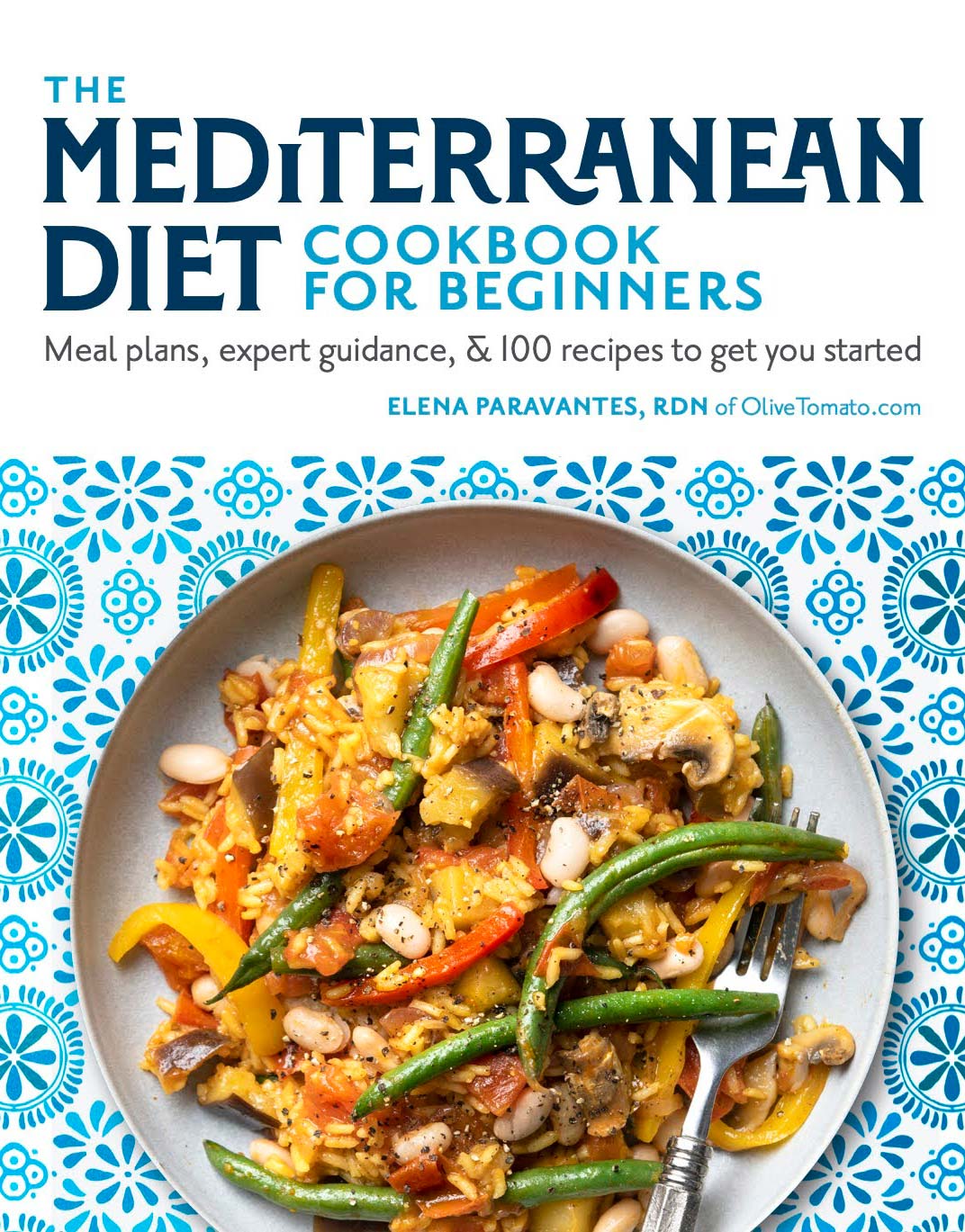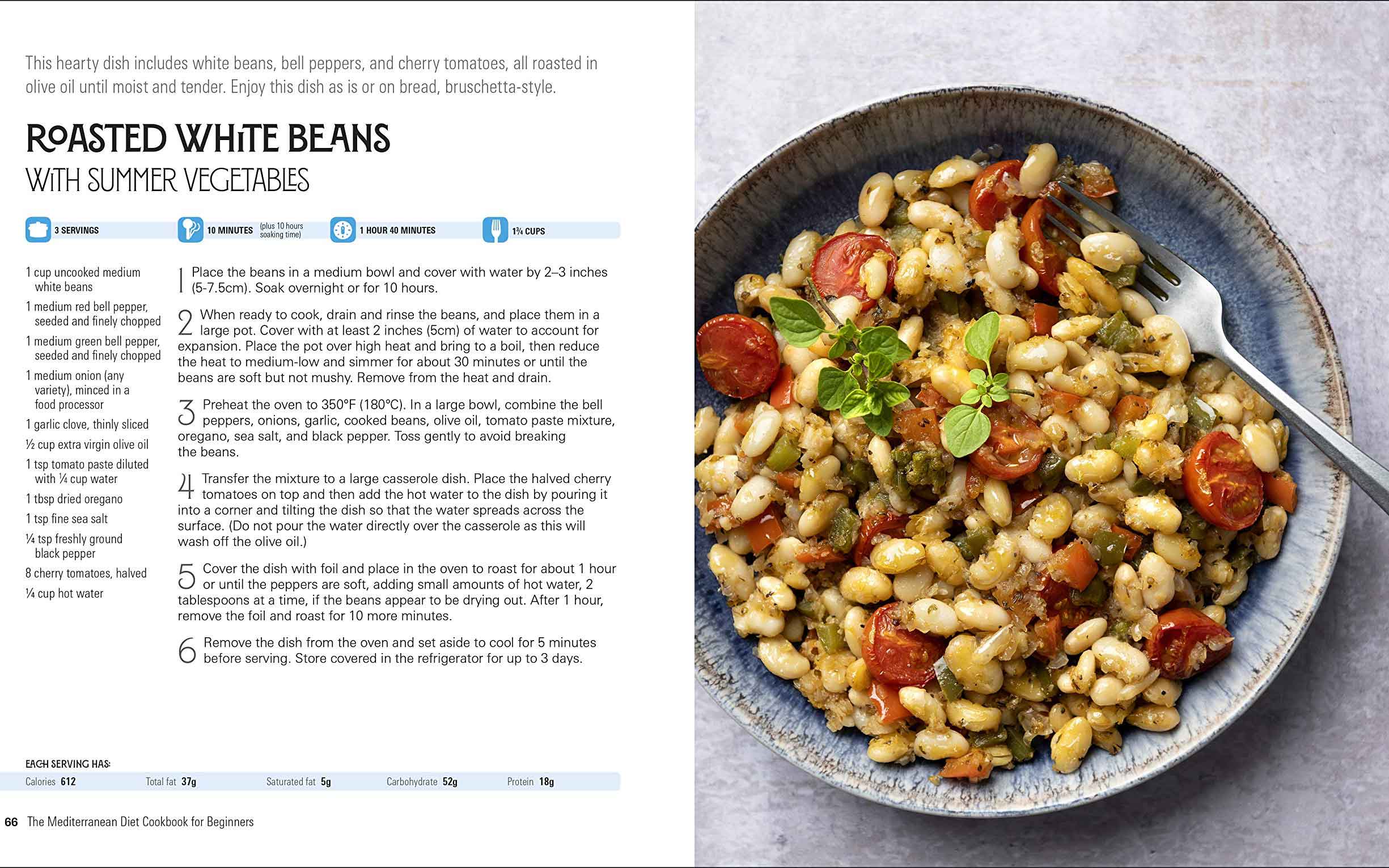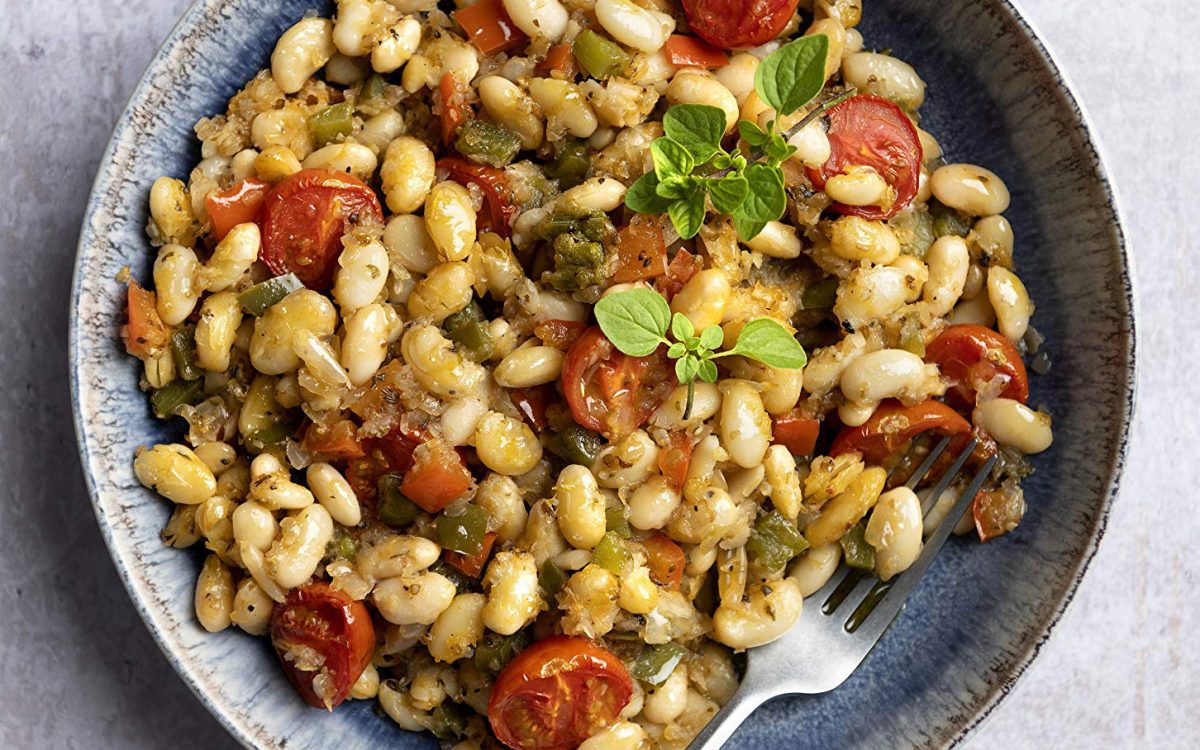It’s one of the most famous diets in the world, yet many seem to be confused as to what to actually cook in order to follow it at home. What complicates it more is its name: the “Mediterranean Diet.” While it’s easy to think of as a descriptive term, it doesn’t refer to all of the Mediterranean. In fact, the research about it is based mainly on the dietary customs of certain areas, including first and foremost the island of Crete, most of Greece, and the southern region of Italy.
When Greek-American dietitian Elena Paravantes-Hargitt, RD, moved to Greece in 2001, she continued to keep an eye on what was being said about the Mediterranean diet – the diet she grew up with, and swears by – in the US. While she was writing for Greek magazines about nutrition, she noticed that foreign media was often feeding various common misconceptions about the diet and lifestyle. Frustrated, but also inspired to share her knowledge, that pushed her to create her website, OliveTomato.com.
Elena is a registered dietitian specializing in the Mediterranean diet, and besides her website, she’s also the author of the book The Mediterranean Diet Cookbook for Beginners, which was published in December. In it, she shares recipes passed down to her from her Greek family, and a detailed guide to the fare, from its origins in ancient Greece, via its key principles and tips for writing your shopping list, to the latest scientific studies proving its health benefits (did you know that the Mediterranean diet may protect you from both diabetes and depression?).
Perhaps the most important point made in the book is that’s it’s not actually a diet, but a lifestyle; it’s a naturally occurring way of eating that goes hand in hand with other customs, like the social aspects of shared meals, the mesimeri, or siesta, after lunch, and leading an active life. Still, of course, being one of the most researched diets in existence, there’s enough to be said about just the food to fill most of the pages.
We called Elena up for a recipe and a chat.


What are some of the most common misconceptions about the Mediterranean diet?
Many people hear “Mediterranean” and think of Italy, pasta and pizza, and so they mistakenly believe that it’s high in carbohydrates. In reality, in a traditional Mediterranean diet, only about 40-45% of calories comes from carbohydrates. That’s moderate – not high.
Many also believe that it’s a low-fat diet. They know they should eat olive oil, so they add a teaspoon of it here and there, but the Mediterranean diet is not low-fat, it’s moderate fat, and they need to add much more. The oil in particular is what makes food, and specifically vegetables, delicious. This is why one of the cornerstones of my book is authentic recipes, without low-fat substitutes for the good fat of extra virgin olive oil.
I think my favorite thing about the Mediterranean Diet is that the food is actually really tasty. What do you think is its greatest advantage compared to other diets?
Well, flavor and the huge body of research behind the Mediterranean diet is what sets it apart. Being a nutritionist, obviously, I’ve tried many other diets to see how they are. Maybe I’m biased, having grown up on Greek food, but it really is satisfying. This is because the Greek and Italian cuisines are all about making foods that normally aren’t associated with being tasty on their own – vegetables mainly – taste great.
The Mediterranean diet is a way of eating that naturally occurred in certain parts of the world. That means that it’s based on real food and real experiences. When you follow this diet, because the food is good – you don’t feel deprived. And if you don’t feel deprived you are more likely to follow through.
Scientific research confirms that the Mediterranean diet is a way of eating that people stick to, and I think the reason is simply that it’s tasty and sustainable. In addition, there are thousands of studies that show how beneficial it is. Benefits range from it being good for the heart to boosting cognitive ability and mood.
As a half-Greek who grew up abroad, before I had the chance to travel around rural Greece, my impression of Greek dining was large meals and a lot of meat. Do you think Greeks in urban areas have forgotten the Mediterranean Diet?
Definitely, and not just in the urban areas. Many people outside of Greece associate Greek food with meat, like souvlaki, and this isn’t just a stereotype. The country has had a 270% increase in meat intake since the 1960’s.
Over the years, Greeks started abandoning their traditional Mediterranean diet in favor of a westernized diet dependent on highly processed foods and meat, particularly when people moved to big cities and started making more money. Older generations tend to look down on vegetable and bean dishes and associate them with poverty.
However, it’s important to note that a traditional Mediterranean diet is not meat-rich, and statistics show that older Greek women are still among the top vegetable consumers in the world. This likely has to do with the nisteia (fasting), and that this group, to a large extent, are still fasting for 200 days a year.
If someone were to take away just one thing from the Mediterranean Diet, what should that be?
To reevaluate vegetables. Try to look at them as a main course and stop feeling like you have to have meat with every meal. Cook them. The Mediterranean diet has hundreds of vegetable main courses that make eating vegetables easy and delicious. In the book I have dedicated a chapter to main course vegetable dishes.
The most valuable dishes we have in the Greek diet are the ladera (vegetable dishes cooked in generous amounts of olive oil), where the star ingredients can be seasonal vegetables or beans. Enjoyed with bread and a chunk of feta, they provide everything you need in one bowl.
Info
Nisteia is the fasting practice of the Greek Orthodox Church, which requires the abstinence from certain foods; meat, eggs, dairy, and more, during several periods throughout the year.
You can read about it here.

© Elena Paravantes-Hargitt
Recipe: Roasted White Beans with Summer Vegetables
Elena’s hearty roasted white bean dish includes bell peppers and cherry tomatoes, all cooked in olive oil until moist and tender. She recommends enjoying it as is or on bread, bruschetta-style.
Calories 612, Total fat 37g, Saturated fat 5g, Carbohydrate 52g, Protein 18g
- Place the beans in a medium bowl and cover with water by 2–3 inches (5-7.5cm). Soak overnight or for 10 hours.
- When ready to cook, drain and rinse the beans, and place them in a large pot. Cover with at least 2 inches (5cm) of water to account for expansion. Place the pot over high heat and bring to a boil, then reduce the heat to medium-low and simmer for about 30 minutes or until the beans are soft but not mushy. Remove from the heat and drain.
- Preheat the oven to 350°F (180°C). In a large bowl, combine the bell peppers, onions, garlic, cooked beans, olive oil, tomato paste mixture, oregano, sea salt, and black pepper. Toss gently to avoid breaking the beans.
- Transfer the mixture to a large casserole dish. Place the halved cherry tomatoes on top and then add the hot water to the dish by pouring it into a corner and tilting the dish so that the water spreads across the surface. (Do not pour the water directly over the casserole as this will wash off the olive oil.)
- Cover the dish with foil and place in the oven to roast for about 1 hour or until the peppers are soft, adding small amounts of hot water, 2 tablespoons at a time, if the beans appear to be drying out. After 1 hour, remove the foil and roast for 10 more minutes.
- Remove the dish from the oven and set aside to cool for 5 minutes.
Ingredients
1 cup uncooked medium white beans
1 medium red bell pepper, seeded and finely chopped
1 medium green bell pepper, seeded and finely chopped
1 medium onion (any variety), minced in a food processor
1 garlic clove, thinly sliced
1⁄2 cup extra virgin olive oil
1 tsp tomato paste diluted with 1⁄4 cup water
1 tbsp dried oregano
1 tsp fine sea salt
1⁄4 tsp freshly ground black pepper
8 cherry tomatoes, halved
1⁄4 cup hot water











